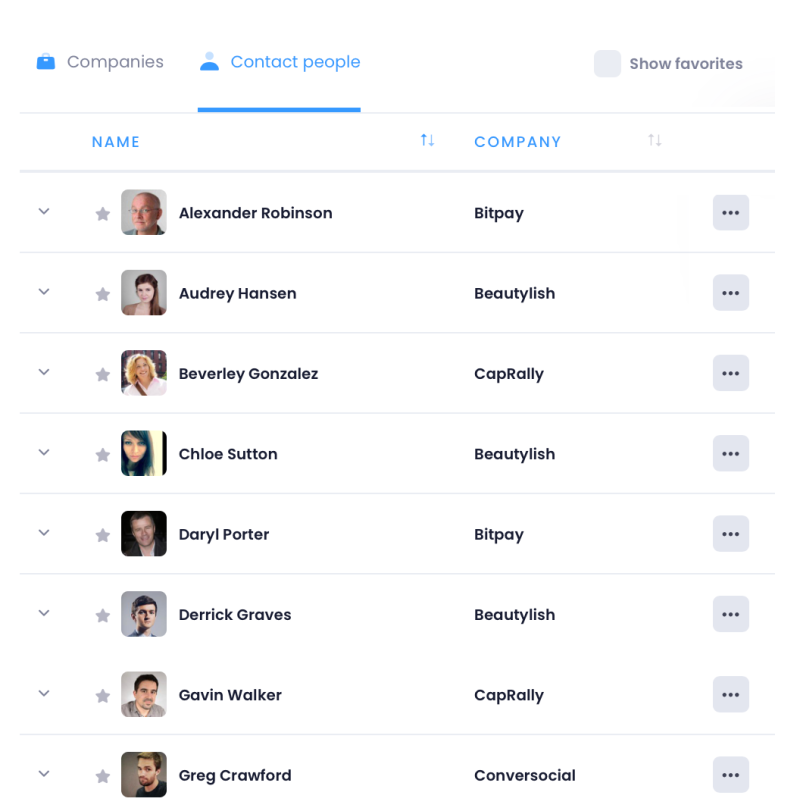From a junior to a specialist, and from a senior to a manager. As part of professional development, employees go through a series of jobs to take up better roles. The higher they are in a corporate hierarchy, the greater their success (due to bigger responsibility, “power”, and also a generous salary).
Career ladder vs. career lattice – table of contents:
A career ladder is a traditional tool used for outlining job progression, but nowadays you can also hear about the so-called career lattice, which allows employees to move vertically, horizontally, and diagonally within an organization. In today’s article, we will compare these two concepts and discuss the main differences between them. Keep reading to find out more.
What is a career ladder?
In the case of the career ladder, employees progress within the same department, moving up the rungs (from entry-level jobs to higher levels of pay). Every rung represents a given position, skill level, and responsibility. To move up the rung, employees need to meet certain requirements – they must stand out from their colleagues, demonstrate their skills, and experience, as well as earn a supervisor’s trust and positive feedback.
This model is based on the idea that achieving professional success requires moving up the organizational hierarchy gradually. Although it originates from previous generations, it is still used by companies across industries.
What is a career lattice?
A career lattice is a more flexible approach than the one described above. In this model, an employee can develop in various directions and take up different roles, not only vertically. Instead of focusing on climbing up the ladder, here the emphasis is on acquiring new skills and valuable experience by carrying out interesting projects, teamwork, moving between departments, or changing specializations. The spread of this modern approach is a way to adapt to changing employee expectations and new trends emerging in an increasingly competitive labor market.
Career ladder vs. career lattice
The primary difference between a career ladder and a career lattice can be seen in the direction of advancement. In the former model, employees move upward, gaining rungs in the chosen area (e.g., sales, marketing, accounting, law, etc.), while in the latter they progress upward, downward, or sideways – depending on their current interests and needs.
Other key areas where the differences between these two approaches are apparent are listed below:
- Promotion speed – the career ladder assumes gradual advancement, while the career lattice allows for faster promotions based on the acquisition of specific skills and achievements, not necessarily related to the passage of time.
- Flexibility – in the traditional model, employees must follow a set development program, while within the lattice framework, they have more freedom to shape their professional lives.
- Growth opportunities – when it comes to career ladders, employees are limited to positions within the same department, while in career lattices they can develop in multiple directions.
Are ladders going away?
The career ladder as a traditional and familiar framework can be a good solution for people who want to develop in one area only. It is a simple and transparent model since employees know exactly what is expected of them, and what skills they need to demonstrate to get promoted, which often motivates them to achieve their career goals.
, career ladders can be also stifling for employees who don’t want to or can’t progress to higher positions, for example, due to competition. Therefore, this concept can generate additional stress. Career lattices, in turn, ensure more flexibility, and thus are more suitable for people who want to grow in various directions.
When to promote an employee?
It may be difficult for you to choose the right time when an employee should be promoted to a higher/other position and when they acquired the necessary skills to do so. It is especially problematic when they manage a lot of people. However, you can streamline this task by using the right tools, such as Firmbee.
Our software stores information about employees through their whole life cycle in an organization. In this way, supervisors can easily enhance their employees’ profiles to include skills or experience gained while working on a particular project. Based on this knowledge, you can suggest a promotion within a traditional framework (career ladder) or a more innovative model (career lattice), assigning them to a slightly different project.
Try Firmbee for free and see your employees’ potential!

Summary
There is no clear answer to the question as to which of the models described above is better – it all depends on the employee’s needs and expectations. However, it can be noticed that in recent years companies across industries have been introducing more flexible models, allowing employees to develop in various areas (e.g. moving from department to department). Such an approach seems to be a good solution, especially since it is in line with the needs of the youngest generations in the labor market, and has the potential to reduce the risk of burnout and provide greater job satisfaction.
If you like our content, join our busy bees community on Facebook, Twitter, LinkedIn, Instagram, YouTube, Pinterest, TikTok.
Author: Nicole Mankin
HR manager with an excellent ability to build a positive atmosphere and create a valuable environment for employees. She loves to see the potential of talented people and mobilize them to develop.


















